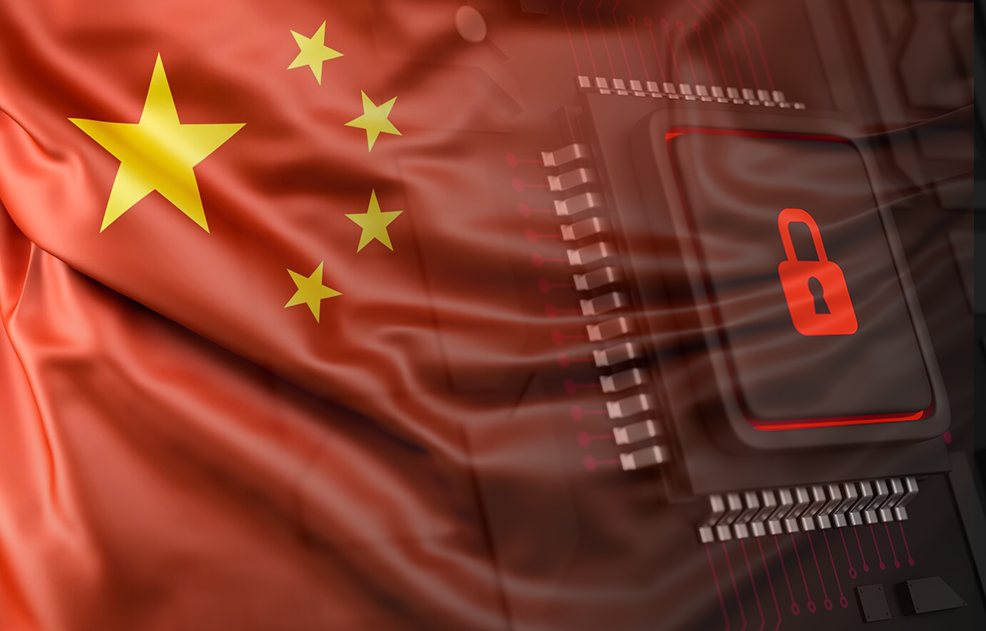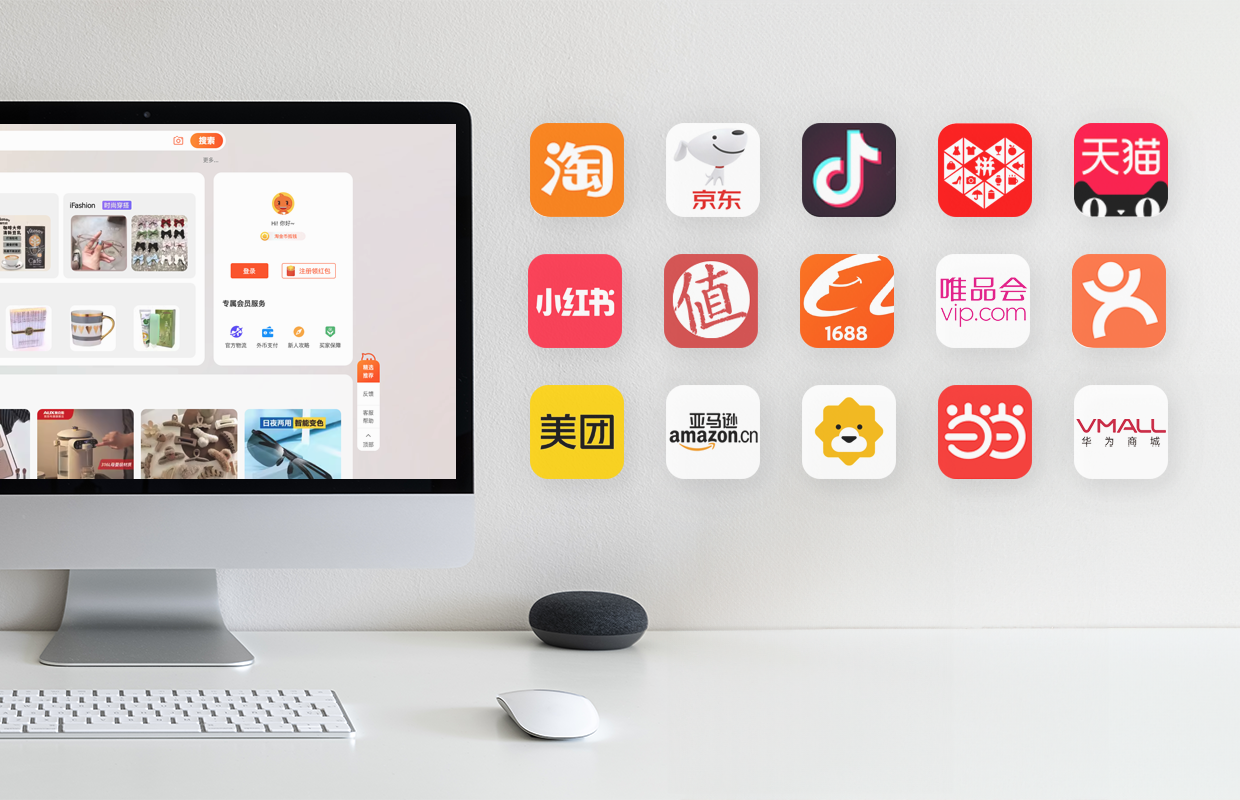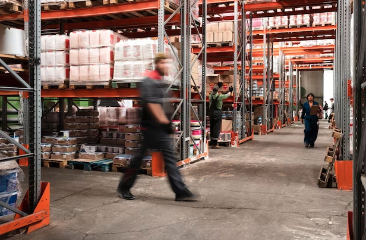Did you know that around 80% of eCommerce transactions in China take place through multi-vendor marketplaces? If you're looking to enter the online retail market, then this surely should be one of the components of your Multichannel China Market Entry strategies.
TMO has 10+ years experience helping brands design and implement fully-compliant China CBEC eCommerce solutions, from entry strategy, to brand website localization, legal compliance, and more.
In this article, we look at the setup fees for 6 of the most popular Chinese online marketplaces: Tmall, Tmall Global, JD.com JD Global, Kaola, and Xiaohongshu—from security deposit to platform & transaction fees.
China eCommerce Platform Fees
Third-party Platforms offer a lower-cost model to initially test the market, but can quickly eat your margins and stunt growth. Marketplace vs D2C: The Hidden Costs of Not Owning the ChannelMarketplace Fees could be costing you $2.2M annually! We explore costs, data visibility, & how D2C eCommerce can support your brand's growth.See Marketplace vs D2C: The Hidden Costs of Not Owning the Channel
1. Tmall
Establishing a presence on Tmall in principle incurs 3 types of fees: deposit, annual software service fee, and a commission.
You can also use Tmall's Settlement Assitant Calculator (in Chinese) to estimate your fee and entry material requirements.
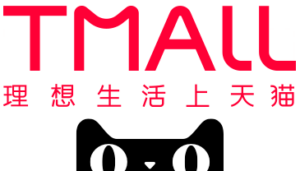
Security Deposit
Source: Tmall 2025 Merchant Deposit Policy (in Chinese)
Merchants who operate a store on Tmall must pay a deposit. This is mainly used to ensure that merchants operate in accordance with the Tmall Service Agreement and Tmall rules. Furthermore, Tmall and the customer will be reimbursed accordingly for any violations of the rules in accordance with the aforementioned agreement and relevant rules. Depending on the nature of the store, the store deposit amount is as follows:
1. Flagship & Specialty Stores: The deposit for stores holding a trademark registration acceptance notice is RMB 100,000, and the deposit for stores holding a registered trademark is RMB 50,000.
2. Specialty Stores: The deposit for stores holding a trademark registration acceptance notice and/or operating special products (such as imported products) that have not applied for registered trademarks in mainland China is RMB 150,000, while the deposit for stores holding registered trademarks is RMB 100,000.
3. Mall-type Flagship Stores: RMB 150,000 deposit.
4. Special product categories will be required to pay a deposit of RMB 500,000, as well as in other special circumstances.
Annual Software Service Fee
Source: Tmall Software Service Fee, effective Jan 2024 (in Chinese)
When you open a store, you must directly pay an annual fee to operate on Tmall. Its amount is based on the highest fee tier in the category you are operating within. When the fee is incurred, a standardized discount will be calculated based on the largest category's sales turnover during the relevant months.
This fee is generally either 30,000 or 60,000 RMB. For specific products, however, the costs can be much higher—going as high as 1.2 million RMB in the case of some sub-categories of new or used car stores.
Software Service Fee (Commission)
Source: 2025 Tmall Merchant Category Software Service Fee (in Chinese)
Some categories of merchant on Tmall need to pay a software service fee (referred to as "rate") according to a certain percentage of their sales (excluding shipping costs). This fee is typically either charged at 2% and 5%. However, this can vary between 0.5% to 10% for some edge cases.
2. Tmall Global
Costs for entering Tmall Mall include the same kind of fees as Tmall: deposit, annual technical service fee and real-time deducted technical service fee (commission). For an in-depth look at store types, fees, and requirements, check out our separate blog on How to Sell in China Online with Tmall Global Cross-Border (2025)Tmall Global is one of the central channels to enter Cross Border eCommerce in China. Here are the main things you need to know to start.How to Sell in China Online with Tmall Global.
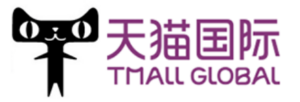
Security Deposit
Source: Tmall Global Deposit Policy, effective Oct 2024 (in Chinese)
To operate on Tmall Global, paying a deposit is mandatory. Again, this is mainly to ensure you adhere to Tmall Global’s rules. Additionally, you must reimburse customers and Tmall Global if any violations occur. The default security deposit depends on the type of store, type of trademark, and sold product:
- Brand Flagship Stores and Franchise Stores: Generally 50,000 RMB. Certain categories such as medical can go for upwards of 100,000 or even 300,000 RMB.
- Specialty Stores: Most product categories will require a deposit of either 100,000 or 300,000 RMB, except for Home Decor and Personal Care (50,000 RMB).
- Marketplace or Industrial Marketplace Flagship Stores: 150,000 or 300,000 RMB.
Furthermore, there are some special circumstances such as not having a registered trademark that will incur a deposit of 100,000 RMB, or stores without self-supplied goods which will have a security deposit of 25,000 RMB. There are also certain restricted product categories for each store type.
Annual Technical Service Fee
Source: Tmall Global Annual Fees, effective Oct 2024 (in Chinese)
Similar to Tmall, merchants must also pay an annual fee for operating on Tmall Global. There are two tiers: 30,000 and 60,000 RMB. The annual amount is based on "premium" categories, which can be checked at the link above.
Real-time Technical Service Fee (Commission)
Source: Tmall Global Annual Fees, effective Oct 2024 (in Chinese)
Merchants in Tmall Global need to pay a technical service fee according to a certain percentage of their sales (referred to as "rate"). Mostly concentrated in two tiers, 2% and 5%, some specific categories have their own rates, going as low as 0.5%, but none higher than 5%.
3. JD.com
Fees for entering Jingdong's platform JD.com include deposits, operational fee, and technical service fees (commissions). Among these, the deposit and platform usage fees have clearly stated amounts. The technical service fees are charged in the form of rates. Read on further below to see the specific levy standards.
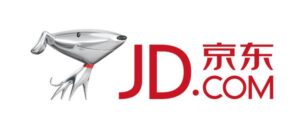
Deposit
Source: JD Open Platform Deposit Management Rules (in Chinese)
Security Deposit is divided into 6 levels depending on the brand's GMV and ranges between 30,000 and 300,000 RMB. This deposit is refundable if you decide to leave the JD Marketplace and certain categories qualify for a no-deposit trial period. Some categories require a larger deposit, such as 100,000 for some luxury products, wine, milk powder, etc.
Service Fee (Commission Ratio)
Source: JD Open Platform Category Fees (in Chinese)
The "Operation Support Service Rate (i.e. Commission Ratio)" is normally between 2-4% of each transaction but can be as low as 1% or as high as 30% depending on product category. Most nutrition and health care categories are between 3 and 7%.
Transaction Service fee
Starting from April 1, 2023, a unified transaction service fee of 0.6% will be charged to POP merchants on JD.com's open platform . That is, each transaction generated by the merchant will incur a fee, which will be deducted at a rate of 0.6% of the payment for each order and then settled in the merchant's electronic account. Starting from September 13, 2024, the corresponding transaction service fee will be refunded for cancellations and after-sales refunds due to user reasons.
Please be aware that the technical service fee is incurred for 2 of the different models on JD.com’s POP (POP standing for Plan of Open Platform, and here referring to JD.com itself). This includes the SOP (Sales on POP) and FBP (Fulfilment by POP) models. The SOP fee is equal to or greater than the FBP. Below we briefly outline the differences between these 2 models.
SOP: JD.com gives the merchant an independent backend (control over product uploads, descriptions, prices etc.), similar to the Taobao model. Sellers must dispatch products within 12 hours of order generation. The merchant holds sole responsibility for this part of the service. Merchants do not need to issue a VAT invoice to JD.com, but they need to give each customer a receipt.
FBP: this model also includes an independent backend with control over your store. Merchants in Beijing, Shanghai, Guangzhou, Chengdu and Wuhan, can additionally make use of JD.com’s own warehousing services. JD.com can handle everything from storage to customer service. Services that are supported for JD.com’s own self-operated store are available to merchants (such as same-day delivery (211限时达), personal pickup, cash on delivery, POS card payments etc.), which results in a very good customer experience. Merchants must have general tax payer qualifications and need to issue a VAT invoice to JD.com. (Note: not an ordinary invoice)
4. Jingdong Worldwide (JD Global)
Jingdong Worldwide's fees are higher than other platforms and use USD as a standard. Like its Chinese parent, the costs include a deposit, a platform usage fee (monthly), and a technical service fee (commission). Jingdong's latest fee policy is the 2017 version which they currently use in 2018.

Deposit
Source: JD Global Tiered Deposit Management Rules (in Chinese)
The Security Deposit is a multi-tiered system, where new merchants will pay the first deposit upon joining. It generally goes from US $5,000 to $30,000, although some categories such as fresh foods can be lower (US $2,000), and some higher ($40,000 for Pharmaceutical). A second Security Deposit will be paid for most categories when the vendor exceeds a monthly transaction threshold of 20-30k RMB. Certain categories have a third Deposit threshold, and Flagship Stores will additionally require another Guarantee Deposit.
Technical Service Fee (Commission)
The "Operation Support Service Rate (i.e. Commission Ratio)" is normally between 2-8% of each transaction but can be as low as 1% or as high as 30% depending on product category.
Transaction Service Fee
Source: JD Global Category Fee Standards (in Chinese)
A Service Fee of 0.9% for each transaction.
5. Kaola
Kaola's fee policy have been undergoing changes in recent years. This didn't change after Alibaba purchased Kaola in 2019. At the moment, Kaola doesn't publicize its marketplace fees through official channels. Based on our industry experience, for the most part there are three main fees that need paying: an initial deposit, a technical service fee (commission), and an annual membership fee.

Deposit
Unless otherwise specified and agreed, under normal circumstances, according to the merchant's trading model, the merchant deposit for general trade is RMB 50,000; the merchant deposit for bonded, direct mail, and other trading models is USD 15,000.
Technical Service Fee (Commission)
Source: 2025 Kaola Fee Standards (in Chinese)
Commission tends to vary between 5% to 12%.
Annual Membership Fee
This may vary by product category, but the standard is reported to be around 1,000 USD a year.
More information on setting up your store on Kaola can be found by checking out the Investment Program on Kaola’s official website.
6. Xiaohongshu
The application and review time for Xiaohongshu entry mainly depends on the merchant itself. If the merchant can quickly fill in the entry information, pass the review in one go, and does not appeal the contract, then the entry can be completed within a week at the earliest.
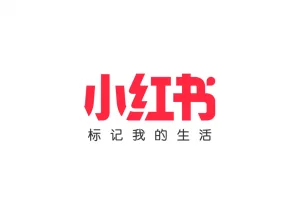
Deposit
Source: Xiaohongshu Category Deposit (in Chinese)
The deposit for cross-border stores is generally US$3,500.
Basic Technical Service Fee (Commission)
Source: Xiaohongshu Basic Service Rate Standards (in Chinese)
The rate is generally between 2% and 5%, with Health Food and Dietary/Nutritional Supplements being 3%.
Payment Channel Technical Service Fee
Xiaohongshu charges cross-border merchants a payment channel technical service fee of 0.7%.
The Role of Marketplaces in a China Multichannel eCommerce Strategy
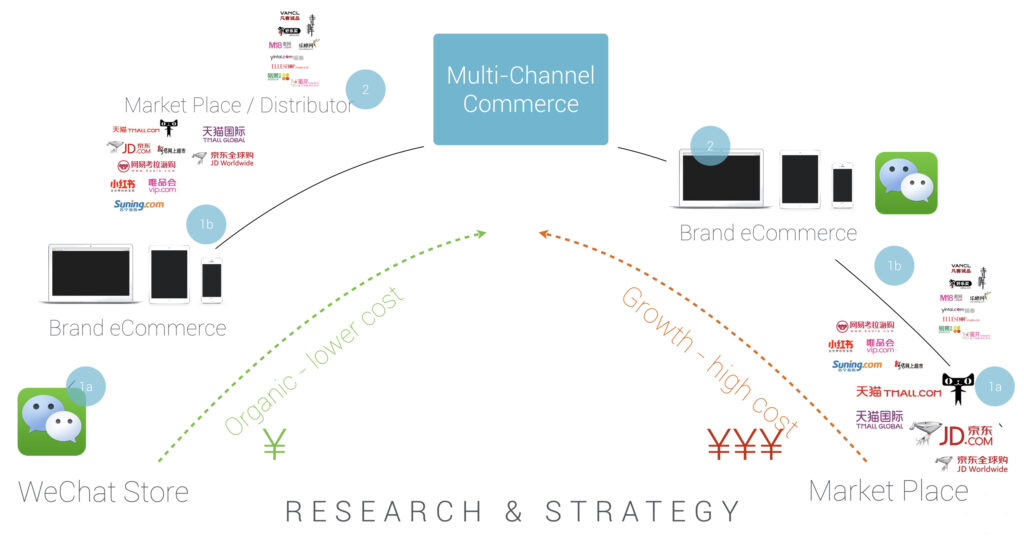
When it comes to Cross-border eCommerce (CBEC) and general trade alike, foreign brands have multiple marketplaces and channels to sell on, and selecting the correct ones does not only boil down to the fees and budget, but on numerous factors such as the necessity (or lack thereof) to have a Chinese Business License to operate, as well as the role that each channel plays in your overall long-term strategy:
- Fast Growth Strategy (high costs, higher growth)
- Organic Growth Strategy (lower costs, slower growth)
Ultimately, a comprehensive multichannel eCommerce strategy that combines the best of both approaches will allow your brand to leverage in full the capabilities of China's online retail ecosystem, which is deeply integrated into mobile and Social Commerce.
If you are looking for an eCommerce agency to assist you in your China business expansion, or want to explore other alternatives to grow in the market, reach out to us to learn more about our China eCommerce solutions, from branded eCommerce website development to social commerce and other services.


